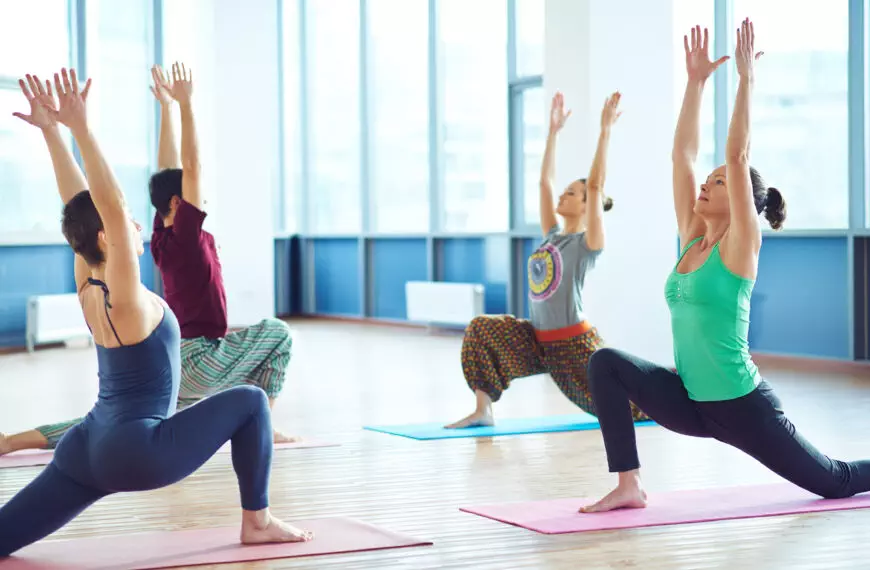Walking is one of the most popular forms of exercise, and for good reason. It’s free, easy, and can be done almost anywhere at any time. But walking isn’t just about putting one foot in front of the other – it can also help you improve your overall fitness level if done correctly. In this blog post, we’ll explore how walking can benefit your health, as well as tips on stretching before and after a walk, incorporating strength training into your routine, finding the right pace and distance, and making walking part of your daily life.
Introduction to Walking for Fitness
If you’re new to walking or haven’t exercised regularly in a while, start slow and work your way up gradually. Begin with short walks around your neighborhood or local park, aiming for 10-20 minutes per day. As you become more comfortable, increase your duration and intensity by adding hills or inclines, increasing your speed, or using hand weights during your walk. The key is to find what works best for you and stick with it.
The Benefits of Stretching Before and After a Walk
Stretching before and after a walk is important because it helps prevent injury and improves flexibility. Dynamic stretches like leg swings, arm circles, and high knees are great for warming up before a walk, while static stretches like hamstring curls, calf raises, and shoulder blade squeezes can help alleviate tight muscles afterward. Just remember not to overstretch or push yourself too hard – listen to your body and only do what feels comfortable.

How to Incorporate Strength Training into Your Walking Routine
Strength training is an essential component of any fitness regimen, including walking. To incorporate strength training into your walking routine, try doing bodyweight exercises like squats, lunges, and planks during commercial breaks while watching TV or listening to music. You could also use resistance bands or light dumbbells to add extra resistance to your steps. Remember to always warm up properly and cool down afterwards to avoid injury.
Tips for Walking at the Right Pace and Distance for Maximum Results
To get the most out of your walking routine, make sure you’re walking at the right pace and distance. Aim for a brisk pace that gets your heart rate up but still allows you to carry on a conversation without getting winded. Start with 30-minute walks three times a week and gradually build up from there. If you’re feeling ambitious, consider trying interval training where you alternate between fast and slow paces to challenge yourself further.
Conclusion: Making Walking Part of Your Daily Life
Making walking part of your daily life doesn’t have to feel like a chore. Try taking the stairs instead of the elevator, parking farther away from stores, or going for a walk during lunch break at work. With consistency and dedication, walking can become a habit that benefits both your physical and mental health. So lace up those shoes and hit the pavement – your healthiest self awaits!








